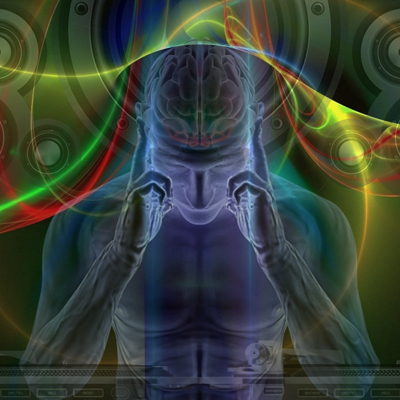Music therapy: scientific perspectives and clinical prospects

HTML: 20
All claims expressed in this article are solely those of the authors and do not necessarily represent those of their affiliated organizations, or those of the publisher, the editors and the reviewers. Any product that may be evaluated in this article or claim that may be made by its manufacturer is not guaranteed or endorsed by the publisher.
Music and arts for healing purposes look back over a multifaceted evolution and a myriad of phenomena in various cultures. Interdisciplinary considerations suggest to distinguish five different, but partly overlapping stages. The first refers to historical roots and ethnological sources, which have also influenced modern meta-theoretical perspectives and practices. The next stage marks the heterogeneous origins of modern music therapy in the 20th century that mirror psychological positions and novel clinical ideas about the healing power of music and the arts. The following heyday of music therapeutic models and schools of thought yielded an enormous variety of concepts and methods such as Nordoff-Robbins MT, Orff MT, Analytic MT, Regulatory MT, GIM or Sound Work. As music and arts therapies gained in international importance, clinical applications required research about their therapeutic efficacy. According to standards of evidence based medicine and with regard to clearly defined diagnoses research on music therapeutic practice became the core of stage four. The present stage is characterised by an emerging epistemological dissatisfaction with the paradigmatic reductionism of evidence based medicine and the strong will to discover the ‘true healing nature’ of music. This trend has given birth to interdisciplinary hermeneutics for novel foundations of music and arts therapies. Epigenetics, neuroplasticity, regulatory and chronobiological sciences, quantum physical philosophies, universal harmonies, spiritual and religious views, and the cultural anthropological phenomenon of aesthetics and creativity have become guiding principles. The present paper relates to the author’s EASA-speech on the 2nd of December 2022 about landmarks in the evolution of modern music therapy and its interdisciplinary perspectives.
How to Cite

This work is licensed under a Creative Commons Attribution-NonCommercial 4.0 International License.
Copyright (c) 2023 The Author(s)
PAGEPress has chosen to apply the Creative Commons Attribution NonCommercial 4.0 International License (CC BY-NC 4.0) to all manuscripts to be published.

 https://doi.org/10.4081/peasa.3
https://doi.org/10.4081/peasa.3



